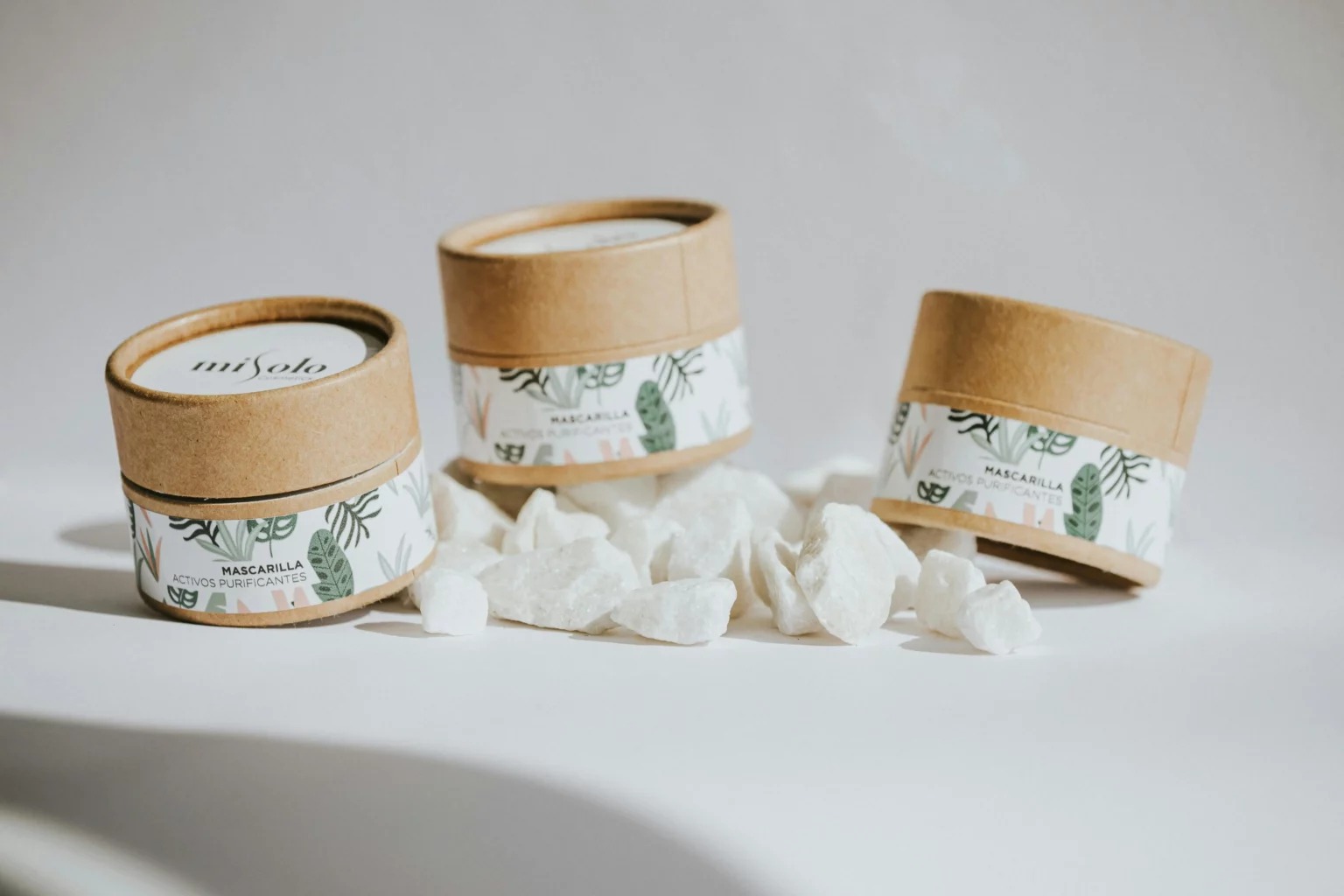The UK beauty industry is undergoing a transformation, not just in the formulas that promise radiant skin or bold lips, but in the very vessels that hold these treasures. Cosmetic packaging in the UK is no longer just about aesthetics; it’s about purpose, sustainability, and innovation. As consumers become more eco-conscious, brands are rethinking how they present their products, balancing style with environmental responsibility. From sleek refillable jars to biodegradable compacts, the packaging landscape is evolving rapidly. This blog dives into the latest trends shaping this shift, exploring how UK brands are meeting consumer demands while navigating regulatory and market challenges. Somewhere in this journey, even a quirky nod to print monkey reflects the creative spirit driving these changes.
The Rise of Eco-Friendly Materials
Sustainability is the heartbeat of modern cosmetic packaging. UK consumers are increasingly vocal about their preference for eco-friendly products, with a McKinsey survey revealing that recyclability is a top priority for packaging choices. Paper and paperboard packaging, valued at USD 379.9 billion globally in 2024, is projected to reach USD 451.8 billion by 2030, driven by its recyclable and biodegradable properties. In the UK, brands like Byoma Beauty, based in Glasgow, are leading the charge with vibrant, recyclable packaging that resonates with Gen Z on platforms like TikTok. Their colorful designs prove that sustainability doesn’t mean sacrificing style.
Innovative materials are also gaining traction. Plant-based inks and lightweight paperboard are becoming staples, as seen with companies like Print Library in Newtownards, which recently invested £1 million to boost sustainable production. These materials reduce shipping costs and environmental impact while offering high-quality printing for premium branding. Refillable packaging is another game-changer. L’Oréal’s reusable packaging initiatives, highlighted on World Refill Day, showcase how brands can blend luxury with circularity. This trend aligns with the UK’s Extended Producer Responsibility (EPR) regulations, introduced in January 2025, which shift recycling responsibilities to producers, encouraging simpler, recyclable designs.
Technology Meets Packaging: Smart and Custom Solutions
The integration of technology into cosmetic packaging is redefining consumer experiences. In London, a hub for retail innovation, brands are using custom tissue paper as a storytelling canvas. Suppliers now offer advanced printing techniques like flexographic and digital printing, allowing brands to embed QR codes or NFC tags on packaging. These smart features link to loyalty programs or exclusive content, enhancing customer engagement. For instance, a simple scan of a cosmetic packaging UK bottle might reveal a brand’s sustainability story or a tutorial on product use.
AI is also making waves. At the 2025 Sustainable Cosmetics Summit, industry leaders discussed how AI-driven customization reduces overproduction and packaging waste by tailoring products to consumer needs. European giants like L’Oréal and Unilever are investing in 3D printing for personalized packaging, creating unique designs that stand out on shelves. This tech-forward approach not only appeals to younger demographics but also supports sustainability by minimizing excess inventory.
Consumer Behavior and Market Dynamics
UK consumers are driving these changes with their wallets and values. A 2025 report from Aquapak revealed that 70% of Brits are confused by recycling instructions, yet 53% find paper packaging the easiest to recycle. This has pushed brands to prioritize clear labeling and minimalist designs. The rise of e-commerce has further shaped packaging trends, with a focus on durability and portability. Gift boxes and paper-based cartons, as noted by Beauty Packaging, are gaining popularity for their sustainability and premium appeal in online beauty sales.
Social media, particularly TikTok, has amplified the success of regional brands like Byoma, which boasts 1.2 million followers and 368,000 monthly searches. Their science-meets-simplicity approach, paired with eye-catching, eco-friendly packaging, resonates with a community craving authenticity. Meanwhile, the “Eat Play Love” report by Circana highlights a consumer desire for “nourishing” beauty products, influencing packaging to evoke joy and comfort. This emotional connection is key, as consumers want packaging that tells a story—whether it’s a local artist’s design or a nod to cultural heritage.
Challenges and Opportunities Ahead
Despite these advancements, challenges persist. Fluctuating raw material prices and stringent regulations pose hurdles for brands. The cosmetics packaging market, valued at USD 36.16 billion globally in 2024, is projected to reach USD 56.15 billion by 2034, but innovation is critical to stay competitive. Anti-counterfeit measures, like serialization and tamper-evident designs, are also on the rise, with companies like Avery Dennison leading the charge. These technologies ensure product authenticity, a growing concern in the premium beauty sector.
Opportunities abound for brands willing to innovate. Refillable containers and biodegradable polymers offer a competitive edge, as seen in South Korea and Japan, where airless pumps and cushion compacts set global trends. UK brands can learn from these markets, adopting lightweight materials and collaborating with local artists to create packaging that’s both functional and culturally resonant. Companies like Plus Printers UK are already capitalizing on this, offering design-led solutions for cosmetics that enhance brand identity.
Conclusion
The UK’s cosmetic packaging landscape is at a crossroads, blending sustainability, technology, and consumer-centric design. From paperboard cartons to smart packaging with QR codes, brands are reimagining how products are presented. The influence of platforms like TikTok and the push for eco-friendly materials reflect a market that’s as dynamic as it is competitive. As brands navigate EPR regulations and consumer expectations, the focus remains on creating packaging that protects, promotes, and inspires. In this vibrant scene, even playful touches like a print monkey nod remind us that creativity is at the heart of this evolution. The future of cosmetic packaging in the UK is not just about containing beauty—it’s about embodying it.



